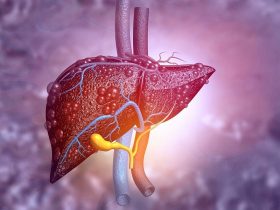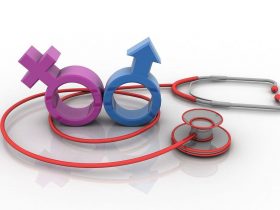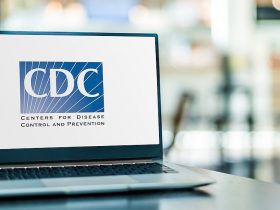Short sleep duration, increased sleep onset latency, fragmented sleep all tied to self-harm over time
Findings seen across patterns of alcohol consumption, including nonheavy, heavy, and binge drinking
However, all three chatbots inconsistent in answering intermediate-risk questions about suicide
Asthma, depression, anxiety, hypothyroidism linked to both heart failure with preserved and reduced ejection fraction in women
However, disparities exist among cancer survivors by race and health coverage
Sleep quality was the strongest and most consistent predictor of next-day well-being
Research shows the campaign led to millions of attempts to stop smoking and more than 1 million long-term quits
Changes in mindset mediated effects of intervention on posttraumatic growth, depression symptoms, other domains of mental health
Caregivers report satisfaction with quality of intervention











